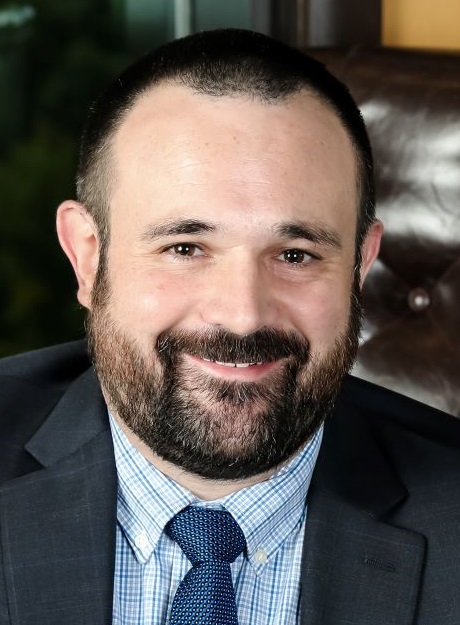We assembled a panel of industry experts to tackle this month’s question.
Here’s what they had to say.

Chris Crane, PE, CFM, principal, Dynamic Engineering (Lake Como)
Hurricane Sandy is still dramatically impacting state government policymaking as most recently and dramatically evidenced by the proposed New Jersey Department of Environmental Protection changes to the Environmental Protection Watershed and Land Management Stormwater Management rules and Flood Hazard Area Control Act rules. The rule proposal will regulate thousands of additional acres in New Jersey while relying on mapping performed mainly in the 1970s and ’80s. While we recognize that resilient, sustainable development is important for a successful project, Dynamic is prepared to take a practical approach to hazard mapping by supplementing publicly available data with the latest technology and modeling approaches to enhance historic flood mapping to achieve a higher level of accuracy. In cases where it is feasible and appropriate, this approach can allow a developer to recapture portions of a project site that would otherwise become regulated area.
 Lisa DiGerolamo, PE, Senior Vice President, PS&S (Warren)
Lisa DiGerolamo, PE, Senior Vice President, PS&S (Warren)
Hurricane Sandy was a wakeup call to the coastal commercial real estate community. For PS&S’ larger commercial real estate clients, there has been a major shift in either proactively retrofitting buildings to be more resilient or to ensure new construction has dry or wet flood-proofing incorporated into the design. Smaller commercial real estate entities are the most vulnerable as they continue to rely on low-tech measures such as sandbags and boarding up doors and windows, as they don’t have economic resources for long-term solutions. PS&S works with our commercial real estate clients specifying flood-proof windows, flood barriers and flood vents beneath to allow flood water to move below the structure, raising the elevation of the mechanical equipment and raising the building. At PS&S, we continue to utilize the lessons learned to provide resiliency and floodproofing for all our clients to prevent the devastation that another super storm could cause.
 Christiana Foglio, founder and CEO, Community Investment Strategies Inc. (Lawrenceville)
Christiana Foglio, founder and CEO, Community Investment Strategies Inc. (Lawrenceville)
Ten years later, Superstorm Sandy remains clear in the minds of multifamily developers, specifically those who build affordable housing. The largest impact to our building mindset is resiliency. The shift in preparedness where we understand we are in a ‘when’ rather than ‘if’ mode, has made us think about how buildings and people become more resilient. We now include generators to support our community centers in non-age restricted buildings. We have included emergency showers in the community center bathrooms that can be accessed and have hot water serviced by generators. Moreover, resident emergency plans including providing flashlights and extra batteries as well as accommodations for refrigeration of medications, as well as charging stations for phones, all are now standard designs for community access during an emergency event. As we look to the future, the new Department of Environmental Protection storm water regulations will now drastically impact the number of units we can realistically build, and where.
 Steve Lidster, director of development, Denholtz Properties (Red Bank)
Steve Lidster, director of development, Denholtz Properties (Red Bank)
Hurricane Sandy proved that the threat of extreme weather is very real and not something to be taken lightly. Since that time, whether it is in the design of beachfront residences or a deeper focus on stormwater management at new and existing properties, we have seen tangible progress made in addressing future extreme weather events.
Most impressively, the collaboration between government leaders and the real estate community has shown that effective flood mitigation investments can also create substantial investment opportunities. In Bound Brook, where it was virtually impossible to invest due to frequent flooding prior to Sandy, an ambitious flood protection project paired with the Opportunity Zone program has made it one of the state’s most dynamic small towns. Looking to the future, we hope that this model can be replicated and refined to foster additional opportunities for resilient growth across the state’s flood-prone areas.










